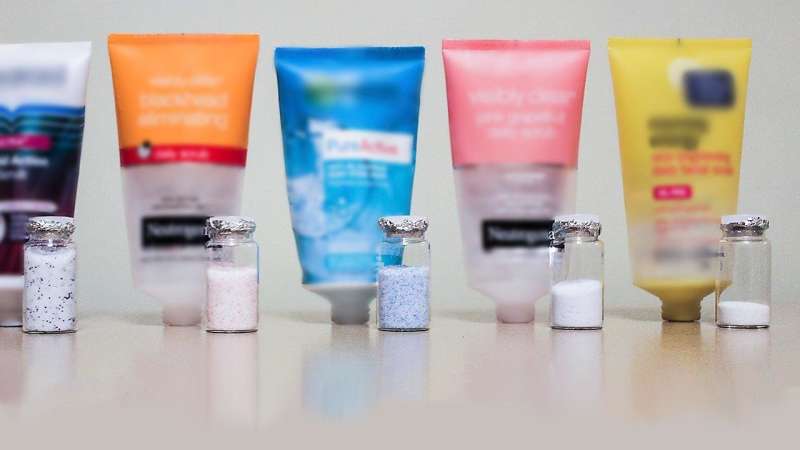Microbeads in cosmetics might already be on the way out, new research suggests

As the government ban on microbeads in cosmetics comes into force, scientists at the University of Plymouth have revealed companies appear to have taken action to eradicate the tiny particles from their products.
In August 2015, a study published by the University showed almost 100,000 microbeads could be released in every single application of products such as facial scrubs.
But current results using the same methods has so far shown that similar products no longer contain traces of the tiny particles, which measure a fraction of a millimetre.
The current research is being led by PhD student Imogen Napper and Professor of Marine Biology Richard Thompson OBE, both of whom were involved in the 2015 study and who have described the findings as "very encouraging".
For the original study, researchers subjected six products available on the high street to vacuum filtration and subsequent analysis using electron microscopy showed that each 150ml of the products could contain between 137,000 and 2.8 million microparticles.
Professor Thompson, who was made an OBE in the New Year's Honours List in recognition of his services to marine science, added:
"I have always said that in order to tackle the problems associated with marine pollution, a holistic approach is needed. That includes scientific research, action from industry and legislation from government and although we can't say all cosmetic products are completely plastic free, this is a demonstration that things are moving in the right direction.
"That, of course, is very encouraging but microbeads have always only been one part of the problem – albeit a completely avoidable one. At the moment, there is a growing awareness of the problems posed by plastic pollution and what needs to be done if we are to prevent its continued spread. It is crucial that we continue to spread that message and we all have a role to play in taking action against this global threat to our environment."
The government ban was signed into law following a lengthy public inquiry to which Professor Thompson, Head of the University's International Marine Litter Research Unit, was among the scientific contributors.
Before that, microbeads had been used for many years to replace natural exfoliating materials in hand cleansers, toothpaste, shampoo and a range of other products.
However, their increased use also sparked concerns with scientists indicating they were liable to pass through water treatment works and into the environment, where they were likely to be ingested by marine creatures.
Provided by University of Plymouth




















